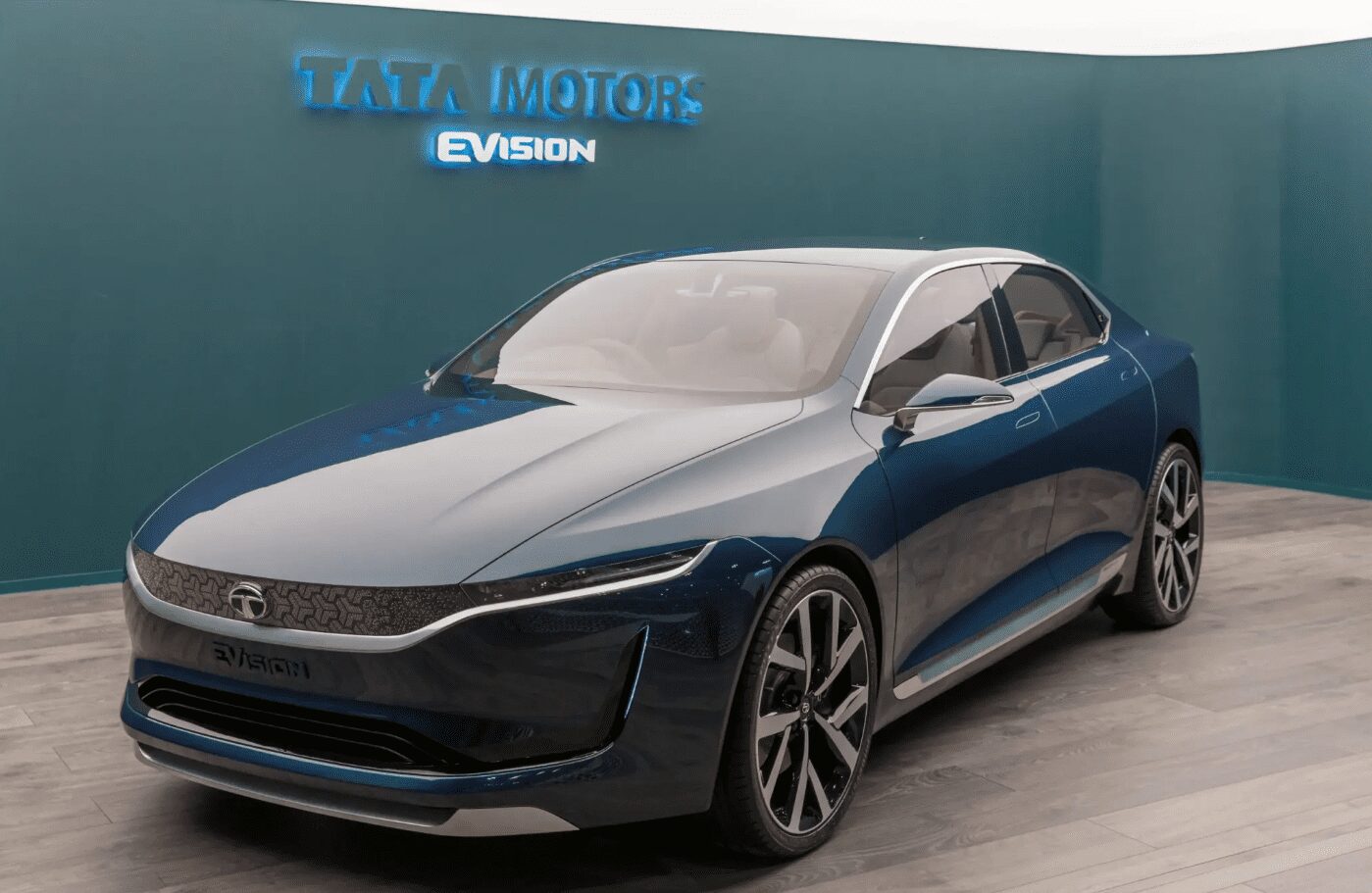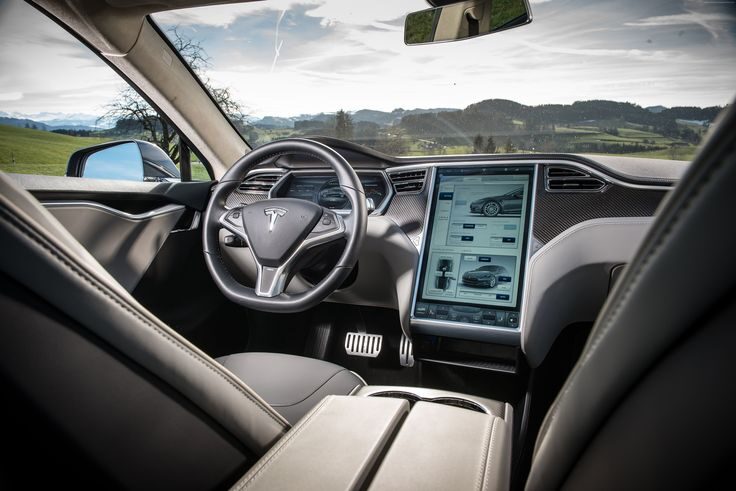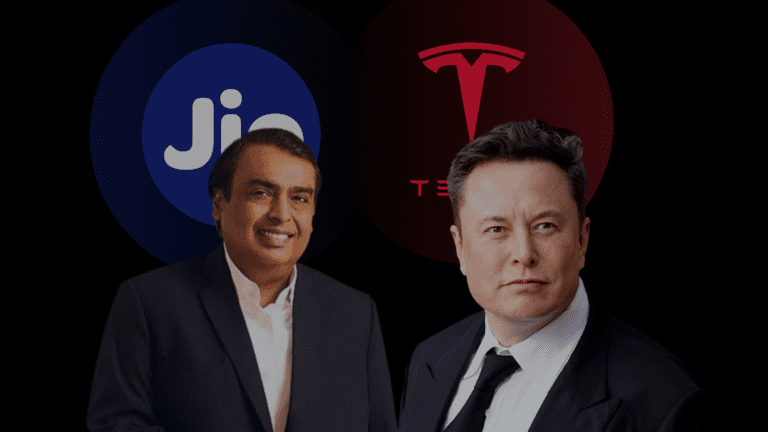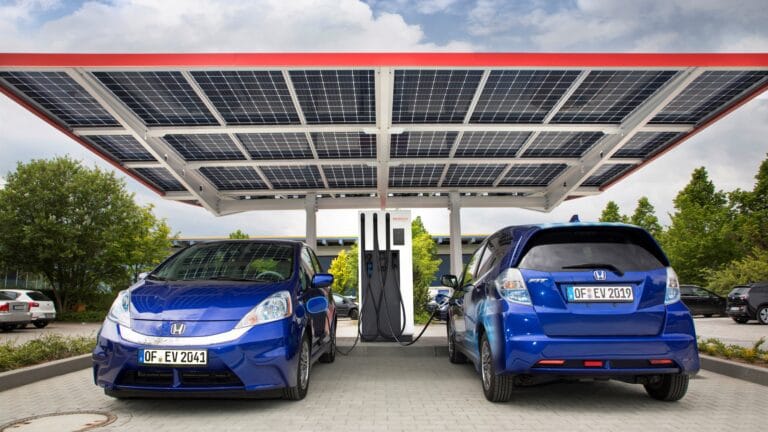
Can you believe surprisingly India is not Ready for Electric Cars?

Table of Contents
India is making bold moves toward electrifying its transport system, yet the gap between ambition and reality remains wide.
Global markets like China, Europe, and the United States have reached double-digit adoption rates for electric cars, while India lags far behind. Understanding why this is happening is critical for policymakers, businesses, and consumers alike.
India’s Current EV Landscape
Electric vehicle sales in India have grown rapidly, but the picture is nuanced.
In 2023, overall EV sales, including two-wheelers, three-wheelers, and cars, crossed 1.52 million units, up nearly 49% from the previous year (IBEF). However, passenger EVs such as cars made up only about 2% of total car sales. By contrast, two-wheelers and three-wheelers dominate the Indian EV market due to lower costs and suitability for short urban commutes.

While this growth looks promising, the numbers reveal that India is still far from mainstream adoption of electric cars.
Charging Infrastructure Gaps
Public charging remains one of the biggest barriers. Reports suggest India has fewer than 20,000 public charging stations nationwide, with most concentrated in metropolitan areas. For comparison, China had around 2.7 million public chargers installed by 2023 (IEA). Without reliable access to charging, especially in smaller towns and on highways, adoption will remain limited.
Businesses entering this space face an uphill battle.
Investment in charging networks requires high upfront capital with uncertain short-term returns, but the long-term opportunity is significant.
Price Sensitivity and Limited Choices
Affordability is another critical factor. The average price of an EV in India remains much higher than comparable petrol or diesel cars.
Even with subsidies under the FAME II scheme, upfront costs discourage middle-class buyers. Most affordable EVs currently available are small hatchbacks or two-wheelers, leaving little choice for families or long-distance commuters.

By contrast, in China and Europe, automakers offer a wide range of EVs across multiple price points. Indian manufacturers need to develop more diverse models if the market is to expand beyond early adopters.
Supply Chain and Manufacturing Challenges
India has ambitious goals to become a global EV hub, yet it imports most lithium-ion cells. While domestic battery production is being encouraged through government programs, it will take time before local manufacturing can reduce costs and dependence on imports. Sustainable alternatives like sodium-ion and iron-air batteries may provide long-term relief, but they are still at an early stage.
This dependency on imported batteries and raw materials raises both cost and sustainability concerns, especially when global competition for lithium and cobalt intensifies.
Consumer Confidence and Awareness
Range anxiety continues to discourage buyers. Most mass-market EVs in India offer ranges of 150–300 km per charge, which may not be enough for consumers in regions with patchy charging access.
There is also a lack of clear communication about the lifetime cost benefits of EV ownership. While running costs are far lower than petrol or diesel, many buyers focus on upfront costs.
Businesses in the EV ecosystem should invest in consumer education campaigns to highlight long-term savings and environmental benefits.
How India Compares Globally
To put India’s position in perspective, here is a snapshot of global EV adoption:
| Region | Key Highlights | Market Share |
|---|---|---|
| China | Largest EV market globally. ~8.1 million new EVs registered in 2023, about 38% of all car sales. Around 2.7 million public charging points. | ~60% of global EV registrations |
| Europe | Second-largest EV market. Countries like Norway lead with over 80% EV sales share. Germany and the UK are major markets. Strong incentives and emission regulations drive growth. | ~25% |
| United States | Third-largest EV market. ~1.4 million EVs sold in 2023, ~9.1% of all car sales. Tesla holds ~60% of the US market. | ~10% |
| Other Regions | Emerging markets like India, Southeast Asia, and Latin America are beginning to grow, with a focus on affordable EVs and electrified public transport. | ~5% |
Compared with these regions, India’s EV ecosystem is still at a very early stage.
The Way Forward
For India to accelerate EV adoption, three priorities stand out:
- Expanding charging networks beyond metro cities into tier-2 and tier-3 towns.
- Reducing costs by boosting local battery manufacturing and offering diverse EV models.
- Educating consumers on lifetime benefits and linking EV ownership with cleaner air and public health.
Businesses and policymakers who move early in these areas can shape the market. More importantly, electrifying transport will reduce dependence on oil imports, cut urban air pollution, and support India’s climate goals.

India’s EV journey has started, but the road ahead is long. Until charging, affordability, and consumer trust improve, mass adoption will remain out of reach.








